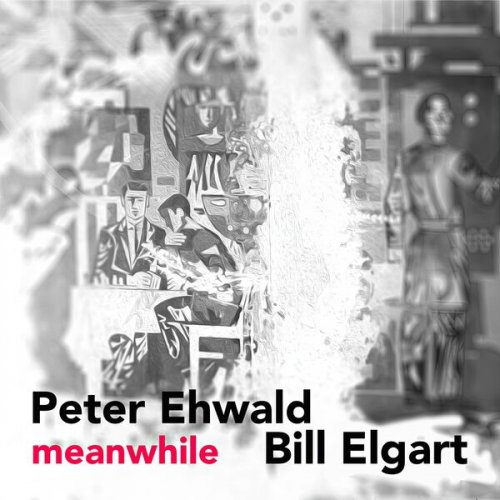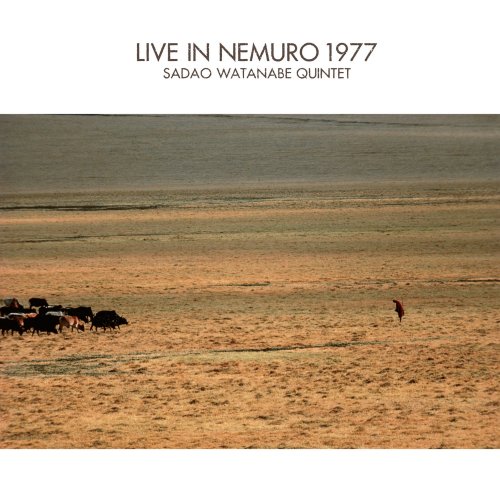Gaetano Nasillo, Jesper Christensen, Tobias Bonz - Geminiani: Sonates (2001)
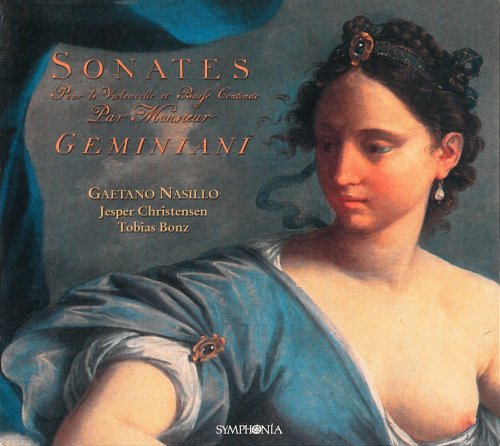
Artist: Gaetano Nasillo, Jesper Christensen, Tobias Bonz
Title: Geminiani: Sonates
Year Of Release: 2001
Label: Simphonia
Genre: Classical
Quality: FLAC (image+.cue,log,scans)
Total Time: 57:45
Total Size: 354 mb
WebSite: Album Preview
Tracklist: Title: Geminiani: Sonates
Year Of Release: 2001
Label: Simphonia
Genre: Classical
Quality: FLAC (image+.cue,log,scans)
Total Time: 57:45
Total Size: 354 mb
WebSite: Album Preview
Sonata I
1. Andante, Adagio 2’17
2. Allegro 3’41
3. Andante 1’08
4. Allegro 4’01
Sonata II
5. Andante, Adagio 2’17
6. Presto 2’41
7. Adagio 1’18
8. Allegro 4’36
Sonata III
9. Andante 2’09
10. Allegro 4’19
11. Affettuoso 3’00
12. Allegro 2’45
Sonata IV
13. Andante 0’28
14. Allegro moderato 3’37
15. Grave 0’57
16. Allegro 0’59
Sonata V
17. Adagio 0’48
18. Allegro moderato 1’21
19. Adagio 4’14
20. Allegro 2’43
Sonata VI
21. Allegro 0’57
22. Allegro assai 2’52
23. Grave 0’33
24. Allegro 4’04
Performers:
Gaetano Nasillo (cello)
Jesper Christensen (harpsichord)
Tobias Bonz (cello)
Though Geminiani expressed a great deal of pride and acoomplishment regarding his Six Cello Sonatas, Op. 5, his writing style proved to be passé for audiences of the time and they did not receive their due appreciation. Today, however, they are recognized for what they are: one of the finest sets of cello sonatas to emerge from the last half of the 18th century. Geminiani's writing demonstrates a thorough knowledge of the cello's technical abilities as well as its abilities to convey emotions and sentiments. His writing, scored for solo cello, harpsichord, and basso continuo, is highly elaborate, filled with sophisticated ornamentation and an active continuo part. Cellist Gaetano Nasillo, accompanied by harpsichordist Jesper Christensen and cellist Tobias Bonz, handles Geminiani's writing with enjoyable technical elegance and demonstrative emotional impact. Keeping with performance practice of the time as well as Geminiani's own beliefs on musical performance, Nasillo deftly uses ornaments, vibrato, and dynamics as highly effective expressive tools. His interpretations fall neither to the indulgent nor the dry end of the spectrum. Christensen's realizations are appropriately rich and active. Bonz's playing of the continuo part is just as refined and precise as Nasillo's, but his important, active part is sometimes lost to a very low dynamic level.
![Tomasz Stanko, Polskie Radio - Jazz Rock Company: Live at Akwarium (Polish Radio Sessions vol. 6/6) (2025) [Hi-Res] Tomasz Stanko, Polskie Radio - Jazz Rock Company: Live at Akwarium (Polish Radio Sessions vol. 6/6) (2025) [Hi-Res]](https://www.dibpic.com/uploads/posts/2025-12/1765796554_cover.jpg)

![Nectar Woode - Live at Village Underground (Live At Village Underground) (2025) [Hi-Res] Nectar Woode - Live at Village Underground (Live At Village Underground) (2025) [Hi-Res]](https://img.israbox.com/img/2025-12/15/eiazyx7yigt2lhbv1tcd3eos6.jpg)
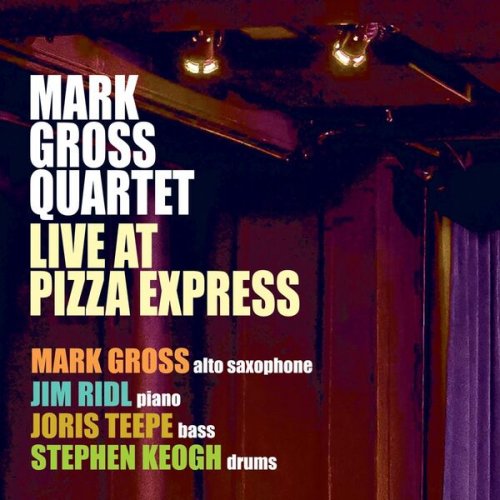
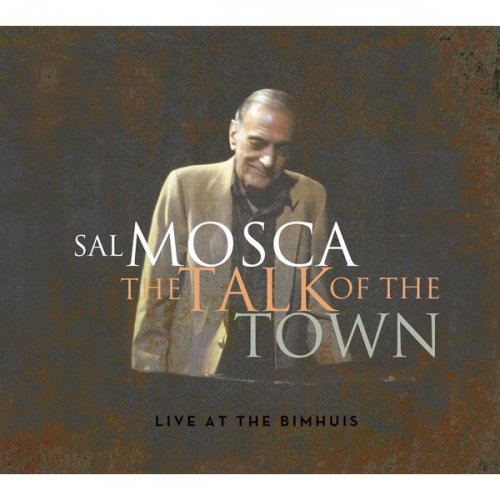
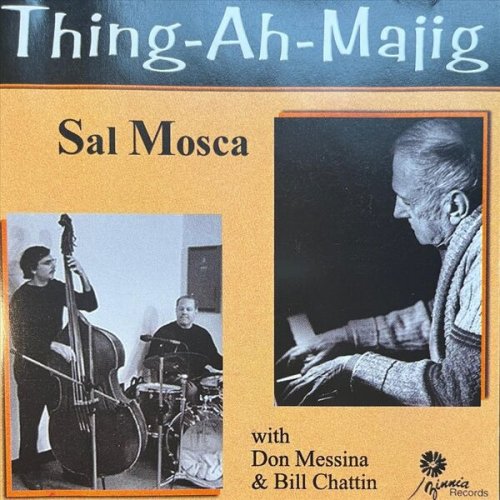
![Grises - Eveil (2025) [Hi-Res] Grises - Eveil (2025) [Hi-Res]](https://www.dibpic.com/uploads/posts/2025-12/1766127968_cover.jpg)
